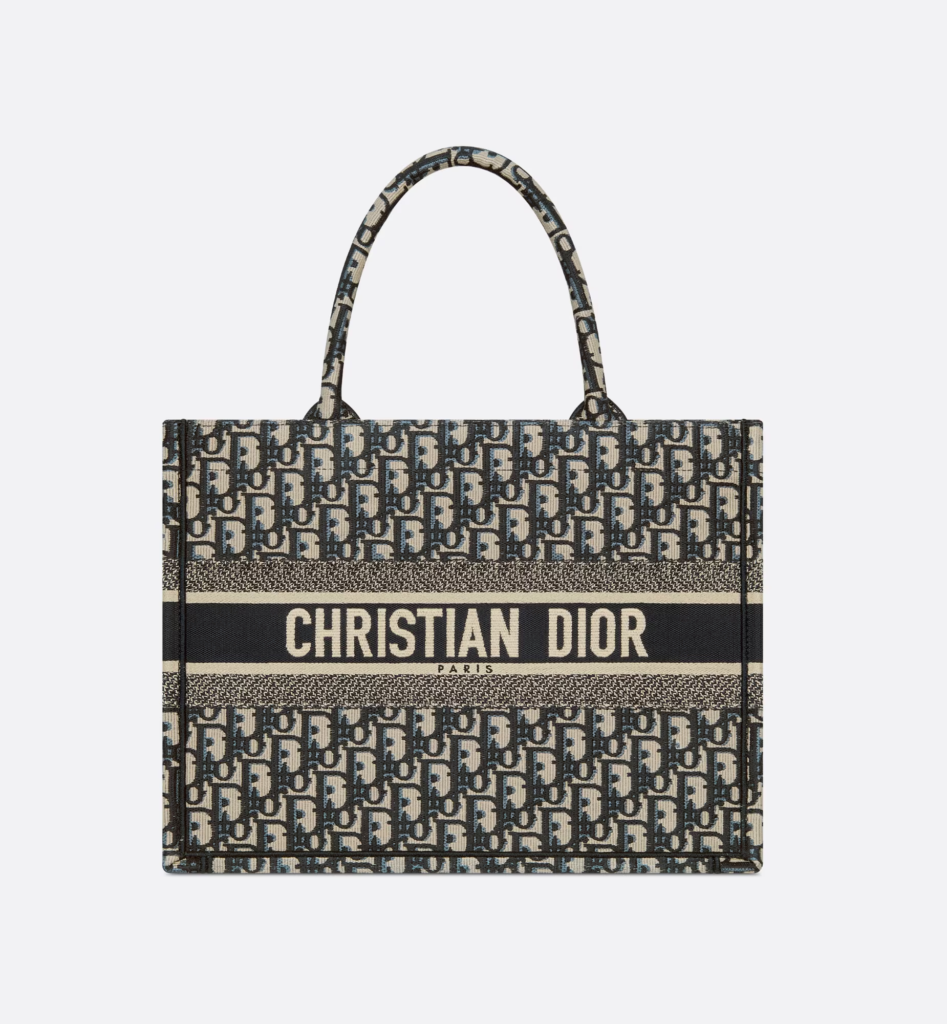Similarly, Armani and Dior bags handbags are bought from suppliers for 93 euros (Rs 8,385), resold to the brand for 250 euros (Rs 22,540), and finally priced around 1,800 euros (Rs 1.62 lakh) in stores.
Thinking of buying a Dior item next? Consider twice before spending those hefty lakhs of rupees. A recent probe by Italian prosecutors in Milan revealed that Dior and another Italian luxury giant, Armani, have minimal production costs for these handbags, sold at exorbitant prices. The Wall Street Journal reported that Dior pays suppliers just 53 euros (Rs 4,778) per handbag, then sold in stores for 2,600 euros (Rs 2.34 lakh). In comparison, Armani’s handbags are bought from suppliers for 93 euros (Rs 8,385), resold to the brand for 250 euros (Rs 22,540), and finally priced around 1,800 euros (Rs 1.62 lakh) in stores. These figures exclude costs for materials like leather, as well as design, distribution, and marketing expenses.

The findings have sparked debate about the true value of these handbags and the ethics of their pricing strategies. Dior, a prestigious French luxury fashion house founded in 1946 by Christian Dior, is renowned globally for its high-end fashion, accessories, fragrances, and beauty products. Dior’s handbags are particularly popular among celebrities worldwide.
Long-standing problem of luxury brands
Italian prosecutors have criticised the luxury brands for inadequate oversight of their supply chains. Despite this, no charges will be brought against the firms. While Dior has yet to respond to the report, Armani stated it had “control and prevention measures in place to minimise abuses in the supply chain” and was “collaborating with the utmost transparency with authorities,” according to the Wall Street Journal.
Additionally, court documents reveal that Dior has recently submitted a memorandum outlining measures to address issues in its supply chain, the report said.
What does the Italian investigation reveal?
This investigation highlights a contemporary issue in the luxury industry. Unlike other sectors that have moved manufacturing to low-wage countries, many luxury brands have maintained production in Italy, believing it crucial to their appeal. However, prosecutors allege that some luxury goods bearing the ‘Made in Italy’ label are produced by foreign workers, many of whom are Chinese, under substandard conditions.
Luxury goods command high prices partly due to the expectation of skilled artisanal craftsmanship. In reality, while brands retain product design and development in-house, they often outsource production to suppliers. Much of this occurs in Italy, a hub for luxury clothing and leather goods manufacturing, producing 50 per cent to 55 per cent of global output according to consulting firm Bain. Despite efforts to control supply chains better, challenges persist, particularly as suppliers may subcontract work further.
The probe comes as many aspirational shoppers, who have fueled a luxury boom in recent years, are now curbing their spending on high-end products due to a tougher economic environment and rising prices. This underscores the importance for luxury brands to manage reputational risks, control quality, and comply with new European regulations aimed at reducing the fashion industry’s environmental impact.
Dior, known for its elegant designs, has remained a staple in haute couture and ready-to-wear collections. Under the creative direction of designers like Yves Saint Laurent, John Galliano, and Maria Grazia Chiuri, the brand has continued to embody elegance and modernity in the ever-evolving fashion industry.
You might also be interested in –DLF Gurugram luxury flats sale: nearly 800 flats worth Rs 5,590 crore in Gurugram within 3 days of launch.